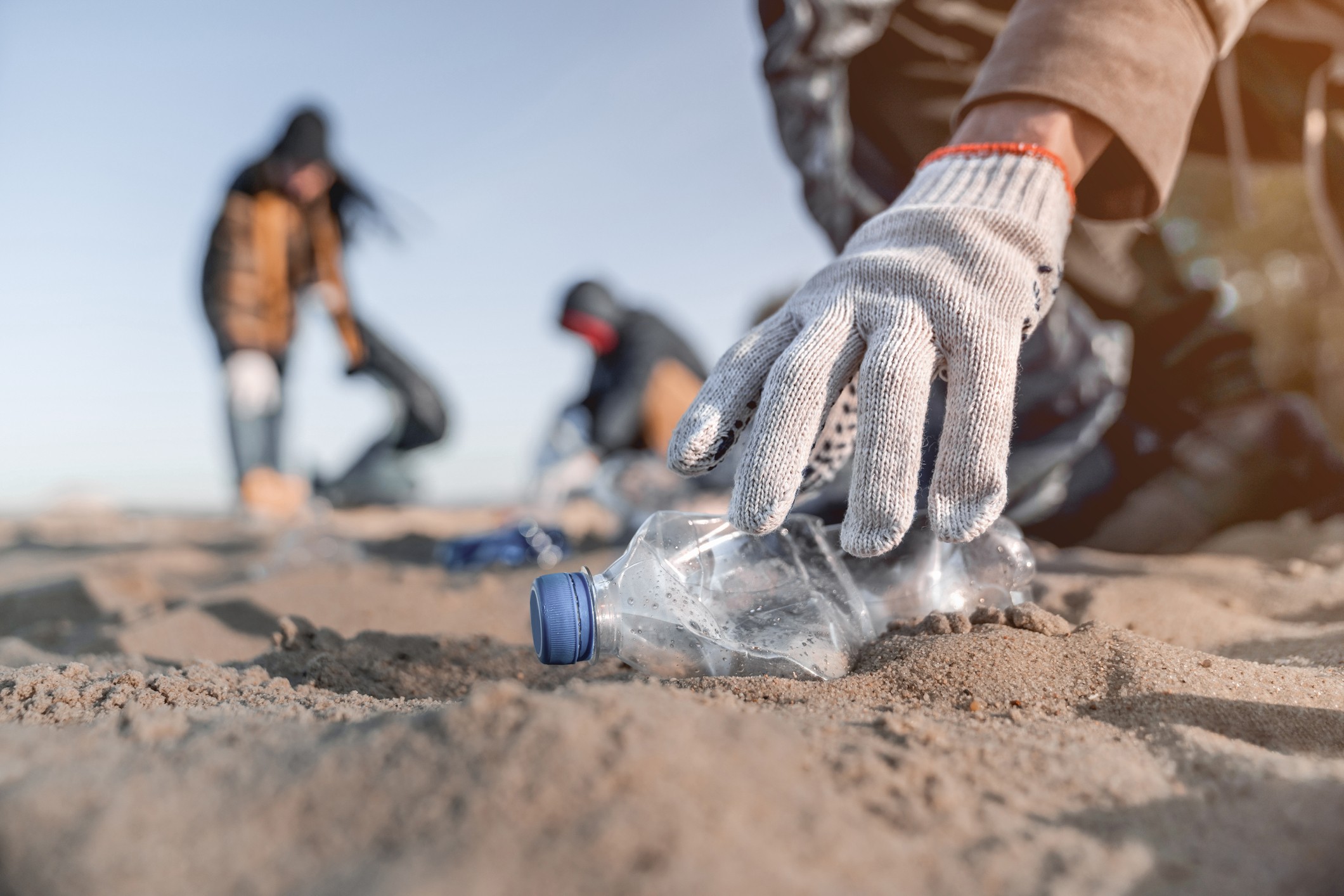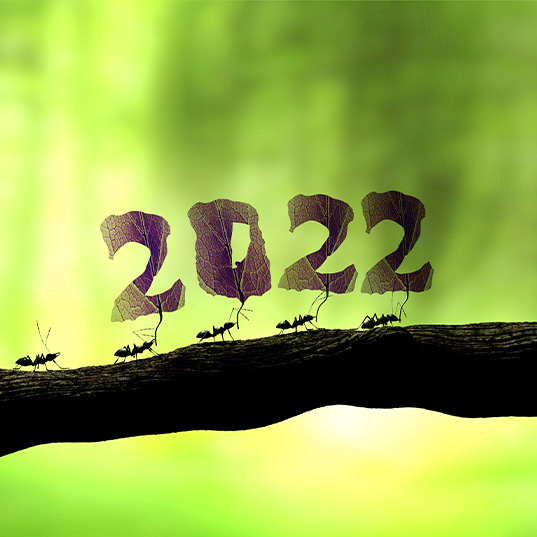2021 sustainability highlights
In case you missed them, below you’ll find the most read and commented-upon articles on sustainable development, renewable energies and climate change on this website in 2021The end of the December is fast approaching and with it another year comes to a close. If one thing is sure, 2021 has been a year of adaptation and full of lessons. Twelve months over which the world has fought to overcome the coronavirus crisis and deal with a new normality. But there’s been plenty of other news as well – good and not so good – concerning climate change.
Let’s review the most important developments in sustainability in 2021.
What is green hydrogen used for?
Green hydrogen is becoming a key component of the energy transition in order to ensure a sustainable future. The falling cost of producing green hydrogen with renewable energies, together with the drive to reduce greenhouse gas emissions, has been the springboard for the use of this new clean energy source.
We certainly have reasons to expect great things from 𝗴𝗿𝗲𝗲𝗻 𝗵𝘆𝗱𝗿𝗼𝗴𝗲𝗻 💚 It's a form of #renewableenergy that has many uses and in this article we explain what these are 👇
— ACCIONA (English) (@ACCIONA_EN) April 14, 2021
The environmental impact of non-renewable energies, climate change and more
Oil reserves will be depleted by 2043, according to a recent study published in the science magazine Nature. The same applies to coal and natural gas - the day when we’ll no longer use these fossil fuels is fast approaching. But the reason we must urgently seek new sources of energy isn’t because fossil fuel resources are running out, but due to the serious environmental impact non-renewable energies have on our planet.
The global temperature rise 🌡️ is just one of the environmental impacts of non-renewable energies on the planet 🌎⤵️
— ACCIONA (English) (@ACCIONA_EN) October 9, 2021
How to combat desertification
Desertification is one of the major environmental challenges of our time. It’s defined as the process by which the planet's fertile drylands become desert. The causes of desertification include human activity and climate change.
The Great Green Wall, alternative agriculture, and liquid clay to turn arid soil into fertile soil are some of the projects aimed to face #desertification 🌱☀️ Find out more in this video 📺
— ACCIONA (English) (@ACCIONA_EN) February 21, 2021
𝗪𝗵𝗮𝘁 𝘄𝗶𝗹𝗹 𝘁𝗵𝗲 𝘄𝗼𝗿𝗹𝗱 𝗹𝗼𝗼𝗸 𝗹𝗶𝗸𝗲 𝟭𝟬𝟬 𝘆𝗲𝗮𝗿𝘀 𝗳𝗿𝗼𝗺 𝗻𝗼𝘄?
By the year 2100, the planet may be very different to how we know it today. It all depends on the climate policies being implemented to limit greenhouse gas emissions and temperature rise. The effects of climate change could lead to one of a variety of scenarios foreseen by scientists from the Intergovernmental Panel on Climate Change (IPCC), depending on the actions we take meanwhile.
𝗪𝗵𝗮𝘁 𝘄𝗶𝗹𝗹 𝘁𝗵𝗲 𝘄𝗼𝗿𝗹𝗱 𝗹𝗼𝗼𝗸 𝗹𝗶𝗸𝗲 𝟭𝟬𝟬 𝘆𝗲𝗮𝗿𝘀 𝗳𝗿𝗼𝗺 𝗻𝗼𝘄? 🌍💯 It all depends on the climate policies being implemented. These are all the scenarios ⬇️ #InvestInThePlanet
— ACCIONA (English) (@ACCIONA_EN) February 28, 2021
Renewable energies in the sustainable development of islands
Big changes can take place in the most unexpected places. Or in the smallest. Small Island Developing States (SIDS) account for just 1% of both global GDP and global greenhouse gas emissions, yet they’re at the forefront of many climate actions and a benchmark for certain sustainable development applications. Confronting the huge islands of rubbish in oceans, for example. Island Developing States are often highly committed to sustainability.
These islands set an example of sustainability 🏝️ Don’t miss the experience of Puerto Rico 🇵🇷 Seychelles 🇸🇨 Antigua and Barbuda 🇦🇬 Rapa Nui 🇨🇱 and Mallorca 🇪🇸
— ACCIONA (English) (@ACCIONA_EN) May 15, 2021
How has the COVID-19 pandemic affected sustainable development goals?
The emergence and rapid spread of COVID-19 has caused us to face a global health, economic and humanitarian crisis like no other. To emerge from the climate crisis, and the economic crisis caused by the pandemic, we must embark upon a Green Recovery, one which continually factors in the Sustainable Development Goals. Data on sustainable development for the last few months, however, is not exactly optimistic. It suggests we’ll have to work even harder to achieve the 2030 Agenda objectives.
The COVID-19 pandemic has had an impact on all areas of our lives, affecting the 𝗦𝘂𝘀𝘁𝗮𝗶𝗻𝗮𝗯𝗹𝗲 𝗗𝗲𝘃𝗲𝗹𝗼𝗽𝗺𝗲𝗻𝘁 𝗚𝗼𝗮𝗹𝘀 set out in the 2030 Agenda 👇
— ACCIONA (English) (@ACCIONA_EN) April 7, 2021
For the planet, sustainable regeneration is the only way to go
We need to replenish and restore what the planet has lost. Offsetting is no longer enough; we must heal the environmental, economic and social wounds. That’s the promise of sustainable regeneration, a concept that seeks to create economies and communities that thrive… so that the planet can, too.
Sustainability is key in the fight against climate change, but the planet needs us to go one step further: We must replenish and restore its resources. This is what 𝘀𝘂𝘀𝘁𝗮𝗶𝗻𝗮𝗯𝗹𝗲 𝗿𝗲𝗴𝗲𝗻𝗲𝗿𝗮𝘁𝗶𝗼𝗻 is 🤲🌱
— ACCIONA (English) (@ACCIONA_EN) October 6, 2021
Is it possible to capture CO2 from the atmosphere?
Yes! There are both natural and artificial methods of reducing CO2 in the atmosphere. Here's how they work.
Yes, it is possible to capture CO2 from the atmosphere. Find out how in this video 📺#InvestInThePlanet #climatechange
— ACCIONA (English) (@ACCIONA_EN) April 10, 2021
What is the circular economy?
In modeling itself on the cyclical pattern of nature, the circular economy is a system of resources utilization prioritizing reduction, reuse and recycling, where production is brought down to a bare minimum. When a product is needed, emphasis is on reusing elements that cannot return to the environment.
𝗖𝗶𝗿𝗰𝘂𝗹𝗮𝗿 𝗲𝗰𝗼𝗻𝗼𝗺𝘆 for dummies? Here you have the 10 principles that circular economy should work ♻️👇
— ACCIONA (English) (@ACCIONA_EN) November 10, 2021
Renewables take center stage: from alternative energy to drivers of recovery
Europe made history in 2020. For the first time, renewable energies overtook fossil fuels, becoming the EU's main source of electricity. This was revealed in a study by Ember and Agora Energiewende, which showed that renewable energies supplied 38 % of electricity last year, while fossil fuels generated 37 % in the same period.
Do you remember when renewables were known as “alternative energy”? ⚡️ The name has passed its sell-by date #InvestInThePlanet
— ACCIONA (English) (@ACCIONA_EN) March 15, 2021
This is only a snapshot of what took place during 2021: just the highlights! If you’d like to keep up with all the news from Sustainability for all, join our community by registering to receive all the articles, infographics and videos we publish throughout the year.







